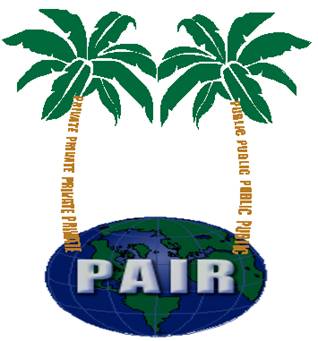What is the “first to invent” rule?
The “first to invent”
rule relates to patent priority. To understand this, let’s suppose that
Inventor A invents a Gadget in 1990 and files a patent application in 1992. Meanwhile, Inventor B invents
the same Gadget in 1991 (after Inventor A invented his) but files his patent
application that same year, in 1991 (before Inventor A filed his patent application). So
Inventor A invented the Gadget first, but Inventor B filed his patent
application first. The issue of who gets the patent is the issue of
“patent priority.”
In the United States,
the issue of patent priority is determined by the so-called “first to invent”
rule. So in the above example, because Inventor Ainvented his Gadget first, he will get the
patent, even though Inventor B filed his patent application first. Most
foreign countries, however, use an alternative rule called the “first to file”
rule. This rule focuses on the filing of the patent application, rather
than on the date of invention. So in the same example under this rule,
Inventor B would get the patent because he filed first, even though Inventor A invented
his Gadget first.
It should be noted
that Congress has discussed amending the United States patent laws so that the
issue of patent priority is decided by the “first to file” rule used by most
other nations, thereby harmonizing United States patent law with the rest of
the world’s patent laws.
.



















 Posted in:
Posted in: 





















